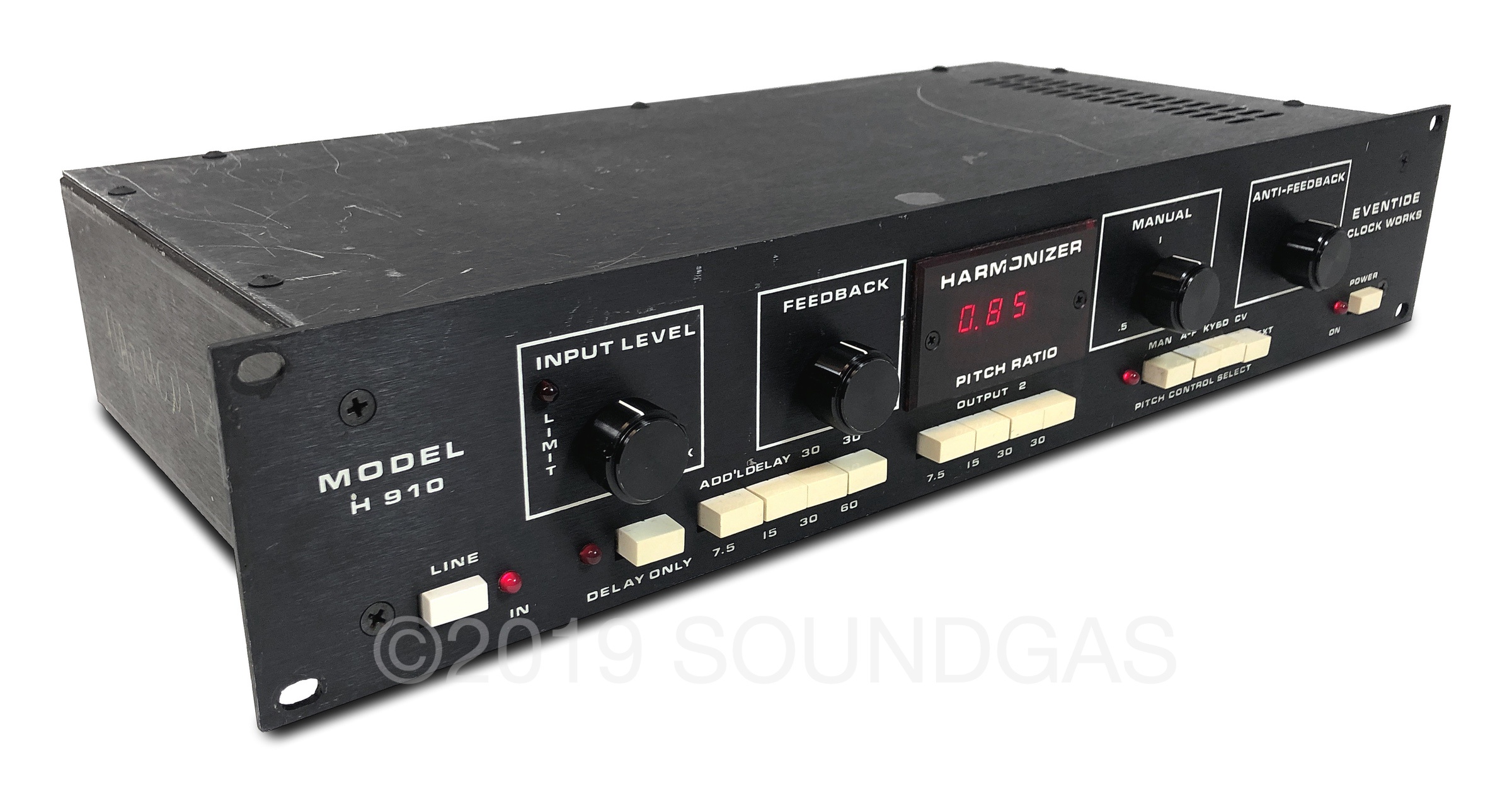

What do you do with a delay? “Put stuff in it!” Do you need to know what the knobs are doing? No! (Sorry, I may have just spoiled potentially thousands of dollars in audio training. Here’s the story of the DDL 1745 from 1971, back when engineers had to “rewind the f***ing tape machines” just to hear a delay.Įventide founder Richard Factor started experimenting with digital delays while working a day job in the defense industry, at the height of the Vietnam War, working with shift registers that work in bits. You’d expect an electrical engineering tale to be dry as dust, but – this is frontier adventure stuff, like, if you’re a total nerd. Here’s the thing – whether or not you care about sounding like a classic record or lived through all of the 1970s (that’s, uh, “not so much” for me on both of those, sorry), the story of how this gear was made is totally fascinating. And that’s before even getting into Eventide’s harmonizers, delays, the Omnipressor, and many others. For instance, David Bowie’s “Low,” Kraftwerk’s “Computer World” and AC/DC’s “Back In Black” all use their H910 harmonizer, the gear called out specifically by the Grammy organization.
EVENTIDE H910 HARMONIZER USAGE SOFTWARE
But you’ve heard the creations of Richard Factor and Tony Agnello, who remain at Eventide today (as do those inventions, in various hardware and software recreations, including for the Universal Audio platform). Tony Agnello (left) and Richard Factor (right) at the headquarters.Įlectrical engineers and inventors are rarely household names.



This version recreates the popular technique of running two H910 units in parallel to create lush doubling and other interesting effects. When you purchase the H910 Harmonizer plug-in, you also receive Eventide’s exclusive H910 Dual Harmonizer. At extreme settings, you can create unheard-of mechanical sounds, drone effects or robot language using self-oscillation, delay, and anti-feedback. Use the H910's pitch changing ability to create specific musical intervals and perfect harmonies, spread guitars, fatten snares, apply subtle organic de-tuning to synths or add slap-back delays to vocals. A powerful creative tool, the H910 plug-in is a faithful recreation of the original hardware. Simply put, nothing sounds quite like it. With its unique combinations of pitch shifting, modulation and delay, the H910 can be heard on countless ground-breaking works by artists from AC/DC to David Bowie to Frank Zappa. The H910 Harmonizer was the world’s first digital effects processor.


 0 kommentar(er)
0 kommentar(er)
